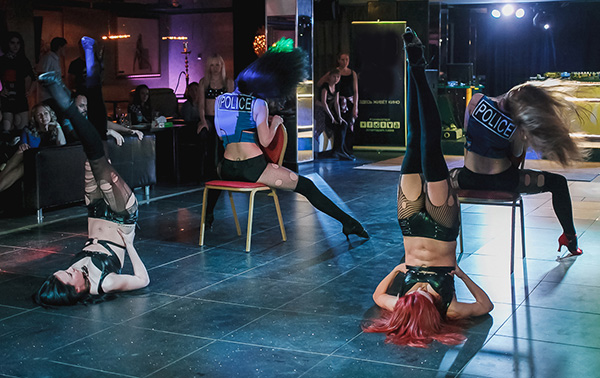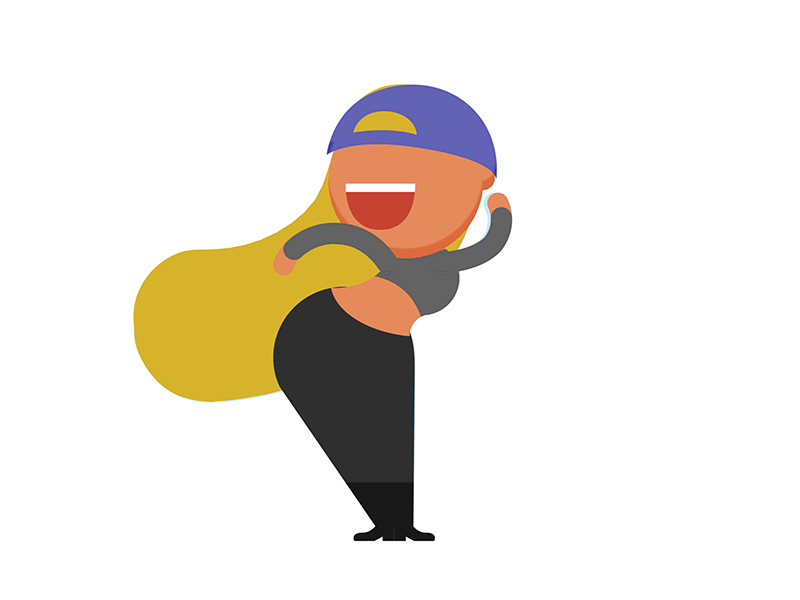How to break your legs dance
How to breakdance step by step
The following 3 videos will teach you how to breakdance step by step. We recommend that you watch these lessons in order as they are arranged from easiest to hardest. These moves come directly from our breakdancing courses which you should check out if you want to learn more. A word of caution, you must be careful when you attempt these moves. Be sure to study the movements very carefully and slowly and then ease into them. For other online dance classes click here.
Free mini video course for break dance:
Beginner break dance moves
Breakdancing move #1: 3 Step
The 3 step is one of the most popular beginner break dance moves. It consist of 3 steps that are done in a circle. In this move you will start with one leg extended in front of you and then will switch the legs as fast as you can so that the other leg is extended, from there you bring the leg side where you end up in a kind of push up position. Learn how to sync the arm switches with your leg switches.
Want More?
The Complete Breakdancing Course For beginners (No experience needed)
Learn simple but impressive moves step by step! You will learn footwork moves, ground moves as well as freezes. This video course has 3 modules with +3 hours of video instruction. Delivered through instant online access.
Learn more & Buy it here (Click here)
Breakdance move #2: Corkscrew Up:
This is another cool bboy move. The corkscrew up is perfect for when you need to get up from the ground in a “cool” and smooth way. You can do this move on it’s own or from any other combination of moves.Here you will develop strength and balance as you push off the floor to spin upwards and around.
One more to go below!
Want More?
The Complete Breakdancing Course For beginners (No experience needed)
Learn simple but impressive moves step by step! You will learn footwork moves, ground moves as well as freezes. This video course has 3 modules with +3 hours of video instruction. Delivered through instant online access.
Learn more & Buy it here (Click here)
Break dance move #3: The baby freeze
Learn how to do a baby freeze move in this video. Freezes in Breakdancing are meant to draw attention to the dancer and are usually put in at the end of some footwork combination like the 3-step above! The baby freeze is great to start out with since its small. It still requires lots of coordination and practice so take it slowly and make sure you don’t skip anything.
Get Barry’s full course now:
The Complete Breakdancing Course For beginners (No experience needed)
Learn simple but impressive moves step by step! You will learn footwork moves, ground moves as well as freezes. This video course has 3 modules with +3 hours of video instruction. Delivered through instant online access.
Learn more & Buy it here (Click here)
History of Breakdancing:
Breakdancing was founded by the black community and Puerto Rican kids in the 1970s. And it really became popular after James brown’s single “Get On The Good Foot” where his busted out his high energy footwork dancing. After that, the kids in New york started to copy his moves and eventually it evolved to be called b-boy or break dancing. At that time most of the style was ground footwork combinations without any of the fancy stuff you see today like windmills or back spins that are popular today. There were also breakdancing battles between gangs or clicks.
At that time most of the style was ground footwork combinations without any of the fancy stuff you see today like windmills or back spins that are popular today. There were also breakdancing battles between gangs or clicks.
Another dance called “uprock” influenced the b-boy dancers. In this dance style, the dancers mimic fighting moves into rhythmic dance moves that opponents would use to ‘battle’ against one another.
The music is not restricted to Hip Hop anymore. These days dancers choose Techno, Jazz, electronic, pop and an other types of music that suites their style.
Other styles:
Back to free Hip Hop dance videos page
How to Ballroom dance
How to dance at clubs and parties
Online dance classes
break your legs dance song
TikTokUpload
For You
Following
copiauser36933935
3zin das emes
watch me né fomos teasing pela musica #breakyourleg #school #dance
TikTok video from 3zin das emes (@copiauser36933935): "watch me né fomos teasing pela musica #breakyourleg #school #dance".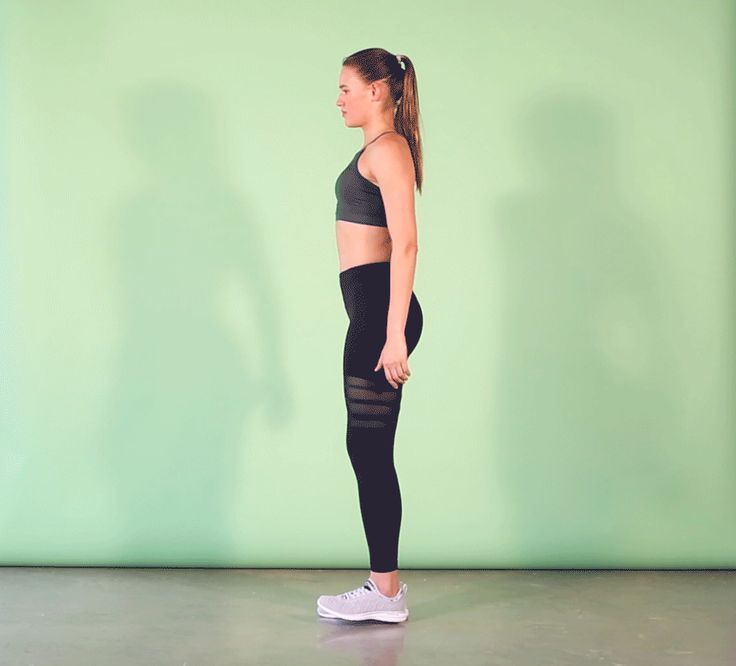 Watch Me (Whip / Nae Nae).
Watch Me (Whip / Nae Nae).
10.2K views|
Watch Me (Whip / Nae Nae) - Silentó
redbone662
user55232809381
I told my son about dancing like that in public 😂😂😂😂
7.8K Likes, 31 Comments. TikTok video from user55232809381 (@redbone662): "I told my son about dancing like that in public 😂😂😂😂". When the song say to break your legs and you do it 😂😂😂😂. original sound.
114.6K views|
original sound - user55232809381
__itsjohnny
Johnny
OYA BREAK YOUR LEG… 🚑 vibes never run dry round these sides 🔥 #movechallenge2 DC: 🙋🏾♂️ • #fyp #newdance #afrodance #itsjohnny #homefam
2.6K Likes, 59 Comments. TikTok video from Johnny (@__itsjohnny): "OYA BREAK YOUR LEG… 🚑 vibes never run dry round these sides 🔥 #movechallenge2 DC: 🙋🏾♂️ • #fyp #newdance #afrodance #itsjohnny #homefam". original sound.
original sound.
23.4K views|
original sound - Johnny
wolfy___za
WOLFY
#dance #amapianodance #amapianochallenge
TikTok video from WOLFY (@wolfy___za): "#dance #amapianodance #amapianochallenge". #Break your leg challenge . original sound.
721 views|
original sound - WOLFY
samaragabara
SamaraGabara
Break your legs # Dancing with my son❤️❤️❤️❤️❤️😘😘😘😘🙏😍😍😍
1.1K Likes, 19 Comments. TikTok video from SamaraGabara (@samaragabara): "Break your legs # Dancing with my son❤️❤️❤️❤️❤️😘😘😘😘🙏😍😍😍". original sound.
26K views|
original sound - SamaraGabara
funsized..nay
Nay 🤎
Shit I’m working em 😭 #SoFiBreakUpChallenge #BbStyleFearlessly #fyp #MACChallengeAccepted #breakyourlegs #dance
TikTok video from Nay 🤎 (@funsized. .nay): "Shit I’m working em 😭 #SoFiBreakUpChallenge #BbStyleFearlessly #fyp #MACChallengeAccepted #breakyourlegs #dance". I can’t dance for nothing 😭😂. Work Yo Legs.
.nay): "Shit I’m working em 😭 #SoFiBreakUpChallenge #BbStyleFearlessly #fyp #MACChallengeAccepted #breakyourlegs #dance". I can’t dance for nothing 😭😂. Work Yo Legs.
4758 views|
Work Yo Legs - Wtf That’s Yo Song 🫢
tobiasmwale
tobiasmwale
Break yo legs😆 #fyp #viral #model #dance #foryourpage
TikTok video from tobiasmwale (@tobiasmwale): "Break yo legs😆 #fyp #viral #model #dance #foryourpage". Watch Me (Whip / Nae Nae).
416 views|
Watch Me (Whip / Nae Nae) - Silentó
chojangsaranchon
saloan
break a leg👍 break a leg 😱#dance #ukdrill #fyp #viral
2.8K Likes, 39 Comments. TikTok video from saloan (@chojangsaranchon): "break a leg👍 break a leg 😱#dance #ukdrill #fyp #viral".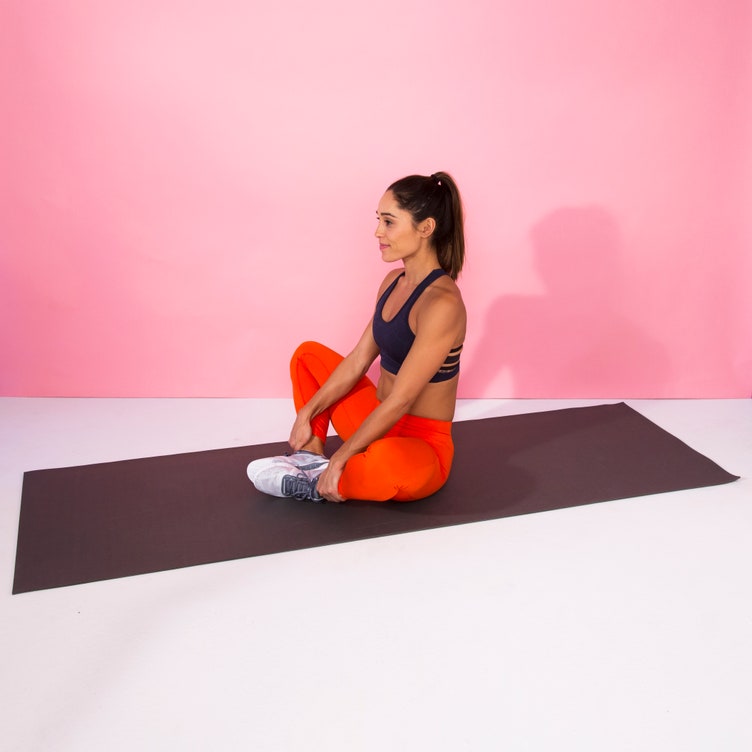 Sturdy.
Sturdy.
56.8K views|
Sturdy - Take45
aleyarahman08
AR💕
Break ur legs☺️#dance #tiktokmalaysia #tiktokindonesia #fyp #trend #runtah #speed @WS
89 Likes, 6 Comments. TikTok video from AR💕 (@aleyarahman08): "Break ur legs☺️#dance #tiktokmalaysia #tiktokindonesia #fyp #trend #runtah #speed @WS". runtah speed up.
4601 views|
runtah speed up - aur 👾
addison-ify
sp=unfollow 😣
BREAK YO LEGS , BREAK YO LEGS , TELL ‘EM , BREAK YO LEGS | ( @addisonre ) | #fyp #foryoupage #viral #xyzbca #addisonrae #addisonify
980 Likes, 11 Comments. TikTok video from sp=unfollow 😣: "BREAK YO LEGS , BREAK YO LEGS , TELL ‘EM , BREAK YO LEGS | ( @addisonre ) | #fyp #foryoupage #viral #xyzbca #addisonrae #addisonify". original sound.
TikTok video from sp=unfollow 😣: "BREAK YO LEGS , BREAK YO LEGS , TELL ‘EM , BREAK YO LEGS | ( @addisonre ) | #fyp #foryoupage #viral #xyzbca #addisonrae #addisonify". original sound.
15.9K views|
original sound - sp=unfollow 😣
Oriental dance physiology, or How not to break your back. belly dance, and at the same time about the imperfection of the world. How is it that the simplest rules did not become known to the dancers during the first lessons? How does it happen that dance is taught in Russia and Ukraine without paying any attention to it at all?
So, after consulting with Dorit Jenny, I decided to set out in this post the basic principles that should be followed in order to avoid injury and not cause serious harm to health. I hope that dozen_son , which understands this much more than me, will complement and correct me.
Let's start with the first and main thing that any good teacher starts with in the first lesson - from the posture, from the toes to the top of her head. Curiously, I’ll say in brackets that safety goes hand in hand with aesthetics here - there is no dance that would be so physiological, so adapted to the needs of the female body, therefore, what is unacceptable for this aesthetics is at the same time dangerous to health.
Curiously, I’ll say in brackets that safety goes hand in hand with aesthetics here - there is no dance that would be so physiological, so adapted to the needs of the female body, therefore, what is unacceptable for this aesthetics is at the same time dangerous to health.
The feet of a belly dancer must be strictly parallel, not slipping into the habitual "heels together, toes apart". You can cripple your knees, and knees are a very difficult thing to restore, I'm telling you this as a homeopath.
To prevent foot injuries, it is best to dance in thin stockings or shoes. In the point position, the foot should never rest on the little finger, so as not to injure it, the feet should be close to each other, the hips are shifted, and the knee should look in, not out. If both legs are on a full foot, then the distance between them should never be more than shoulder width. In no case and under no circumstances should the knees be completely extended, on the contrary, many movements require the dancer to sit down a little, bending her knees - thanks to this, you can turn the hip joint inward and protect your back from injury.
The lumbar spine is the most vulnerable spot for belly dancers. That is why a good teacher reminds ten times per lesson to turn the pelvis inward, draw in the stomach, do not push the buttocks back and do not bend the back in the lower back.
These words acquire a special meaning when performing chest movements, all kinds of waves and blows back, circles with the hips. If we are talking about movements in which the dancer’s body is divided into tiers, then the only thing that matters is the correct setting of the body, the inverted stomach and the “tight tail”, and if waves, shocks and circles come into play, then we must constantly remember that the movements are made only forward and to the sides, and back movements are not made - the pelvis simply relaxes and due to this, the impression of a slight backward movement is created.
It is interesting that belly dance considers vulgar exactly what harms the dancer. However, I cannot but agree with the opinion of the authorities - a set back, excessively spaced legs and too large movements really look vulgar and immodest, making the dancer look like a girl of easy virtue. Meanwhile, contrary to its Western reputation, belly dancing is first and foremost a very modest dance that requires dignity, discipline, and restraint from a woman. This is not surprising, because modesty is an integral part of sensuality. It is curious, however, that the dancer pays for indiscretion not only with her reputation, but also with her own back and knees.
Meanwhile, contrary to its Western reputation, belly dancing is first and foremost a very modest dance that requires dignity, discipline, and restraint from a woman. This is not surprising, because modesty is an integral part of sensuality. It is curious, however, that the dancer pays for indiscretion not only with her reputation, but also with her own back and knees.
It is very important that the abdomen is pulled in at all times (this is the reverse side of the inverted pelvis), and the chest is raised and the shoulder blades are drawn together. Shoulders should be lowered, otherwise you will not get past the pain in the neck. For the same reason, the head should not be pushed too far forward. When turning your head, avoid moving backwards, just relax your neck. If you throw your head back too much, then a neck injury will be inevitable.
Do not smoke or eat at least two hours before class (do you smoke?). In all movements, try as much as possible to use the weight and inertia of the movement, and not the muscles - you are not a ballerina and not a loader, it should not be written on your face that you are working hard. It's amazing how much you can reduce the load on the muscles and the musculoskeletal system if you just use weight, and not muscles when performing waves and eights. Even more surprising is how calm and cheerful the expression on the face of a dancer who does not have to strain, and how much the reaction of the public changes.
It's amazing how much you can reduce the load on the muscles and the musculoskeletal system if you just use weight, and not muscles when performing waves and eights. Even more surprising is how calm and cheerful the expression on the face of a dancer who does not have to strain, and how much the reaction of the public changes.
Breathe constantly and do not stop breathing, and most importantly - smile. You must be surprised by such a safety recommendation, but in vain. A real sincere smile, in which the jaws are relaxed, helps not to strain the muscles too much, and you need to smile for the same reason you need to scream in childbirth - so that only what should work in the body at the moment works. Oriental dance is based not on tension, but on relaxation, so it cannot be danced without a sincere smile. Otherwise, it simply becomes a kind of strange kind of gymnastics, which, however, we can observe with Russian dancers.
Injuries in dance - and how to avoid them - Inter Hustle
There are quite a lot of opportunities to get injured in dance. Knowing about them in advance is the best way to avoid them!
Knowing about them in advance is the best way to avoid them!
Knees and ankles
On corners on not too slippery surfaces, knees and ankles suffer: on any spins, even small turns of 180 degrees, the foot clings to the floor a little more than we would like. As a result, the leg turns a little apart from the foot, the ligaments twitch, microcracks appear in them - then they hurt, for a long time are being restored.
Bent knee for example, when the knee is strongly bent in support, both partners and partners. Or slightly turn the leg at the knee joint, leaving the foot "glued" to the floor (i.e. not on the toe, but completely on the foot, preventing it from turning).
The same effect is often caused by the incorrectly executed 4th step of the basic hustle - when the knee is bent goes far ahead.
(In the illustration - bending the knee)
Stretching ankle is also easy, especially if you are used to falling over during normal walking foot in or out.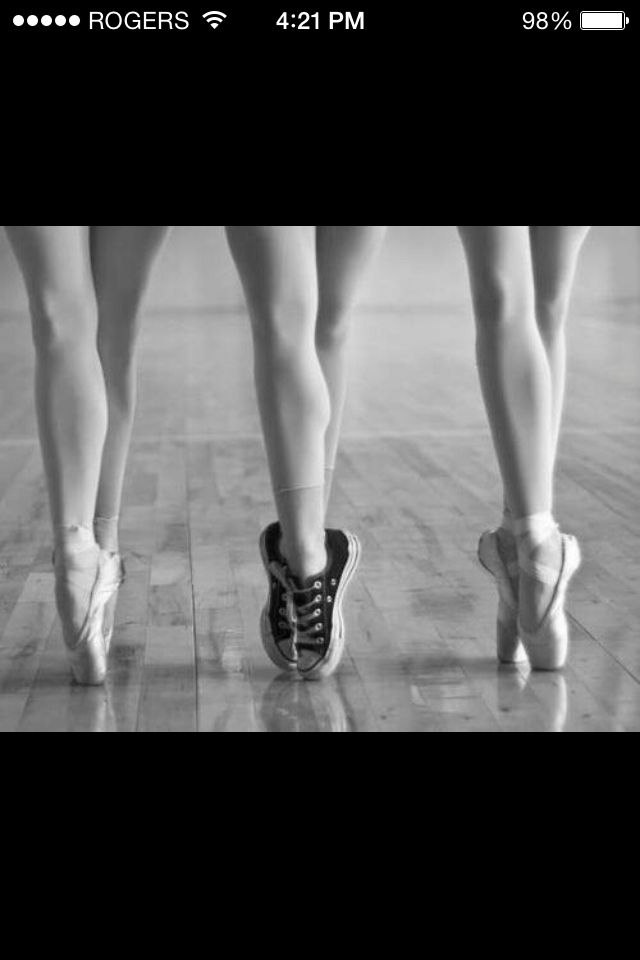
How to cope:
When there is already an injury, there is little you can do to help, the main thing is to relieve stress and give rest and recovery (this can take a week or a month, easily). It is important to stop on time, if you feel that it hurts - stop! Otherwise you run the risk of flying out of dancing for a season at least. Better to try to avoid injury.
To do this, you need to drive into reflexes - before turning both the knee and the ankle must be tightly blocked by the muscles. External fixators, knee pads and an elastic bandage will not save. Learn to spin properly if this technique doesn't work. hammered into muscle memory - it will hurt.
It is also necessary to bend the knee and load it correctly so as not to twist the joint and not extend the knee too much far ahead. See also the support illustration below.
Advance (transfer weight) on the leg is also necessary correctly, through the thumb, while the muscles do not allow the foot to collapse left and right.
Three Rules for the Knee:
Rule #1: Don't bend your knee any farther than your heel is.
Rule #2: Don't twist and bend your knee too hard at the same time
Rule #3: You gotta dance in dancing, well-gliding shoes. On non-slip surfaces, it is better to rotate slowly and without pirouettes.
Feet and toes
Many common models of dance shoes (jazz crosses, latin) do not have foot support, while there is noticeable heel. When you hit the floor with your whole foot (if you decide to trample the embankment), plantar ligaments or metatarsal bones - they are thin, it is easy to make a crack in them.
Yes, and just changing into unusual jazz crosses or vice versa, into latin with a thin sole, you can easily get injured out of habit, read, for example, about the "marching fracture".
The first joint of the big toe often suffers - it takes a lot of stress when walking and turning, and on uneven boards - it is easy to hit this place on the floor.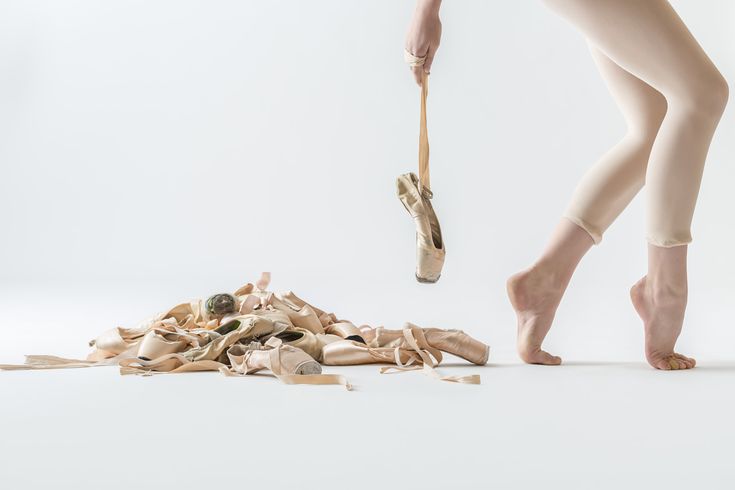 The ball of the foot is not always tense enough to cushion, you can easily pierce it or hit it with the bare edge of the joint - this leads to severe injuries, hematomas, swelling.
The ball of the foot is not always tense enough to cushion, you can easily pierce it or hit it with the bare edge of the joint - this leads to severe injuries, hematomas, swelling.
How to cope:
Get used to new shoes gradually, take a spare more familiar pair with you, avoid "stomping" on the floor, jumping landing on the whole foot. It is better to replace the sharp throwing of the leg with a step with a smoother one until you get used to it. boards instead of a perfectly flat laminate.
These injuries are difficult to treat, so time is important to track them, relieve the load and prevent them from developing into something serious that would require surgery.
Spine
The most common and very dangerous injury is hernia and pinching when bending in the lumbar region. Can't bend too hard back below the line of the shoulder blades!
And you can do such a deflection 100 times is normal, and on the 101st to earn a hernia.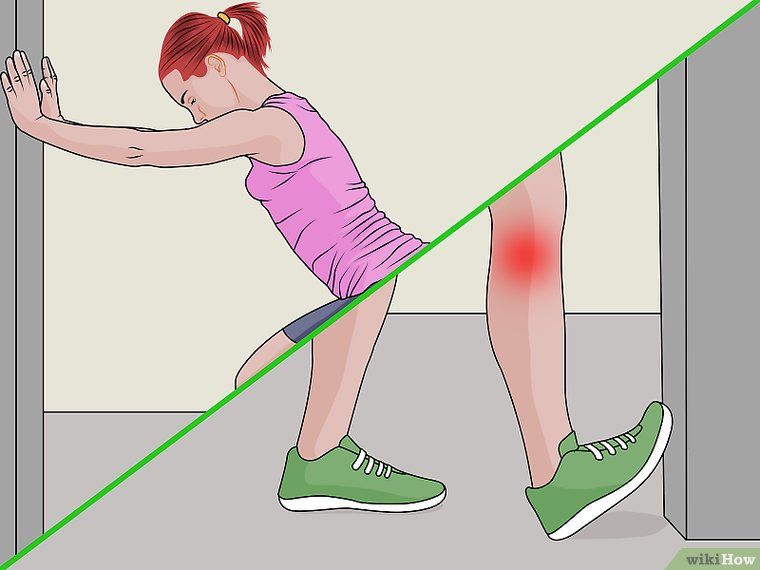 More serious injuries are possible, there are stories of risk paralysis or death.
More serious injuries are possible, there are stories of risk paralysis or death.
Especially it is risky if this is done abruptly, and the entire weight of the body is loaded on the back. Even more dangerous is the simultaneous bending and twisting, this is generally an atrocity. On a forward tilt and twisting at the same time (for example, when leaving on one knee) ... Or on "pulling the hip up on the first step of BASIC" - you can easily get a serious incurable injury if overzealous.
How Handle:
(Illustrated with knee safely bent partner, dangerously loaded knee of the partner, deflection of the spine at the correct point and no deflection in lower back)
For partners - never bend your partners, never. On the contrary, one hand should support the back of the partner. at the level of the shoulder blades, and never serve as a fold point at the level of the lower back. Thus, you simultaneously unload partner's back, and set the correct "fold line" at the level of the bottom of the shoulder blades.
Try not to bend your knee more than necessary, and do not hold your partner for a long time in support, so as not to load her knee.
Partners - work solo at the mirror the correct part in support, control the "line fold", assemble center in front of support. Learn options for safe squatting, for example, if the partner is a "bender". In addition, supports are performed as much as possible in their balance and with that the speed that the partner set - otherwise his back will already suffer.
Equipment " assembled center " helps protect the spine from too much bending and twisting, but does not completely save. Follow this.
Shoulders
Shoulders should be tucked into place so that the back is straight. How it looks and feels can be seen raising your hand up. Then the frame turns out to be normal, and jerks to the shoulder joints are not particularly terrible. Otherwise In this case, both the partner and the partner can pull the arm out of the shoulder, for example, at the opening.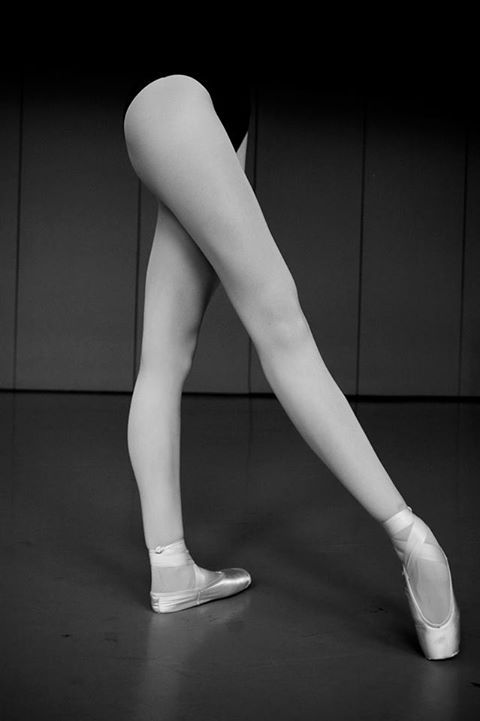
How to cope:
Learn to clean shoulder joint in place. For someone it is naturally there, for someone it is habitually "slightly ahead". If when a person is pulled by a relaxed hand and he goes forward shoulder means the joint is out of place. If case is , then everything is OK. If it doesn’t work out, take care of your shoulders from jerky loads!
How the blade is put into place, you can see on the video. Keeping it there in this position is the next task, but in general it is necessary be able to put it there constantly, right in the dance (of course, quickly and without raising your hand).
It is difficult to do it myself, I always have to help students to learn the correct technique several times before than they can do on their own.
So it's best to ask an experienced coach to help you with this task. Try, for example, to force the shoulder blades together together behind the back - completely pointless.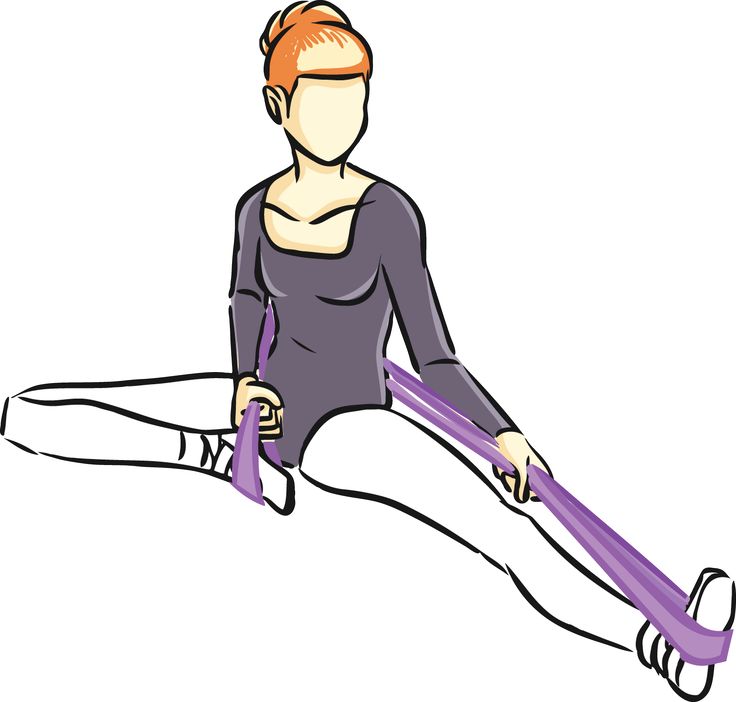
(In the illustration - how the removed scapula, note how it "turns inward")
Neck
The neck is characterized by "whiplash" on supports and nods, sprains and strains of the lateral muscles of the neck.
How to deal:
Warm up and stretch your neck. Control neck muscles with any quick movements of the head, keep them in good shape. Avoid sudden back and forth movements tilting, which is with turning the head left and right. Do not twist your head, trying to make a magnificent swing of your hair - these movements from the zouk have their own, separate technique of execution and safety, which the partners need to have separately learn.
Fingers and hand
We almost never hold each other's fingers. A normal tension or stop interaction is sufficient. Occasionally, on some ropes, you can see how the fingers are held so that they do not slip out - but this exception, and such moments should be given special attention.-Step-18.jpg/aid1640374-v4-728px-Shuffle-(Dance-Move)-Step-18.jpg) In all cases, both the partner and the partner must have the ability to free your fingers at any time.
In all cases, both the partner and the partner must have the ability to free your fingers at any time.
Partners sometimes grab the partner's hand with their thumb when they feel that she can "slip and fly away" on some figures, but this is risky - you can leave a bruise and cause moral and physical suffering.
Partners sometimes grab partners' fingers during rotations (both their own and partner's) - thereby breaking off joints, causing moral and physical suffering.
Ligaments and muscles of the hand and forearm can suffer from sudden jerks. The partner can also stretch them to the partner, when he tries, for example, to stop her rotation by the shoulder blade or by the thigh, and she stops a little later, twists.
How to handle:
Partners - better control of your momentum on spins, especially when spinning sideways. Partners - do not try stop what is not going to stop.
Get used to controlling your momentum and dance with fairly relaxed hands.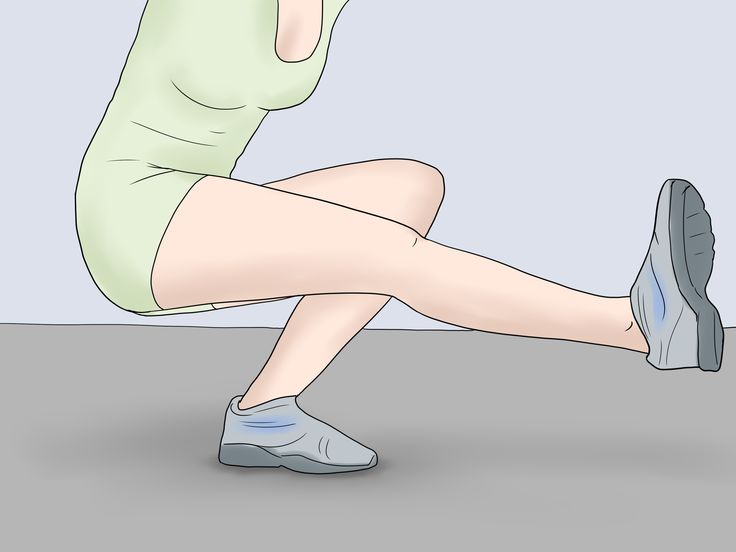
Other dangerous moments
Heels
Even a plastic heel cap with a sharp edge can deeply cut the partner’s leg to the point of blood, metal heels without heeled caps - generally like knife blades.
Heel protectors are required, but free leg must always be collected with the foot along the supporting leg, so that when turning or on the twists there is little chance of hitting partner. 9. couples. Look right there with your eyes. Otherwise, there is a very high chance that someone's head will be there, for example.
Pieces from other dances other dances - there is a high risk of colliding with them. For example, dancing a waltz on a hustle court is only worth a very be careful not to disturb others.
Acrobatics
Acrobatics is cool, but badly predicted by neighboring couples. Therefore, if the partner's legs come off the parquet, the partner has a double responsibility for the safety of the partner and the surrounding couples. Acrobatics is very different security, but in any case, neighboring couples really do not like it when the partner's heels are at the level of their faces.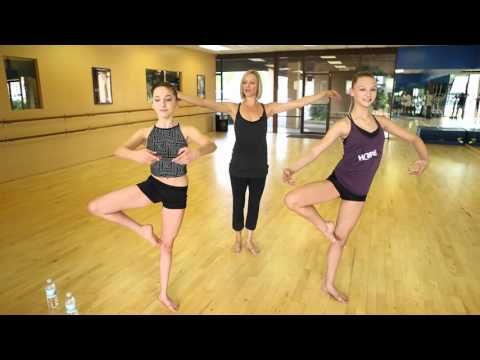 If there are a lot of people around, it is better to dance without acrobatics.
If there are a lot of people around, it is better to dance without acrobatics.
Inertia
Speed is great. And momentum is the product of mass and velocity.
For us, this means that a very thin and light partner, moving quickly and not being able to stop herself, can demolish even a massive partner - for example, at support, disclosure, "switch" or just at a stop after a series of turns. The same applies to partners, only they are usually heavier and slower than partners.
You need to be able to control your inertia on your own.
If the partner was not specially taken out of balance, then her task is to stay on her feet and stop at the expense of her legs, without clinging to her partner. At “clinging” the partner with equal probability can damage the hand of both the partner and herself. And sometimes it will it looks like she was pulled.
Lack of water and oxygen
Joints will not work properly if they do not have enough lubricating fluid - and will wear out, accumulating injury.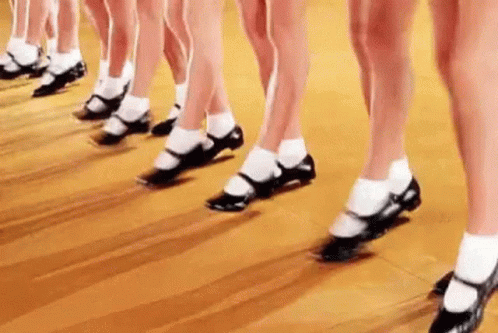
If you don't drink enough water, these problems are almost guaranteed. And in general, the body under load needs water.
Drink water! Not too much, not too cold, not soda, not immediately after exercise, with pounding heart.
It is equally important to give the body normal breathe. The air conditioner does not supply fresh air air and is almost always a breeding ground for bacteria. Throat hurts not from cold air, but from rubbish that starts up in it if you do not regularly disinfect it.
Ventilate constantly - training in a stuffy gym is extremely harmful. The body has reserves in case lack of oxygen, but if they are exhausted, the consequences for the brain and for the body in general will be irreversible.
Yes, and for respiratory diseases, for colds up to legionella - little joy.
And finally, I summarize the most common causes of injury:
1) "YOU CAN DO A LITTLE MORE, LAZY CAT!"
The body has limits, and it is impossible to go beyond them. Do not confuse getting out of your comfort zone with real opportunities! Tear off your back or knees, tear your ligaments while stretching - all this happens from year to year, all the time.
Do not confuse getting out of your comfort zone with real opportunities! Tear off your back or knees, tear your ligaments while stretching - all this happens from year to year, all the time.
Because I train very often start fanatically , but not too competently. Pain is very common last signal, what needs to be stopped.
2) TIRED MUSCLES TURN OFF
Another consequence of fanaticism in training. Tired muscles simply turn off - and stop holding the foot, knee or spine. You can just take a step and out of the blue break your leg or break your ligaments. You can lie down in the usual secure support and wreck your back.
Sometimes just all day is enough sit in an uncomfortable chair. Or jump on a trampoline. Watch out for fatigue, rest as much as you need. Proper rest is just as important as proper exercise.
3) TWIST + WARP = CRUNCH
The knees and spine do not like to be twisted, bent or stretched, and then this tense construction still loading.
